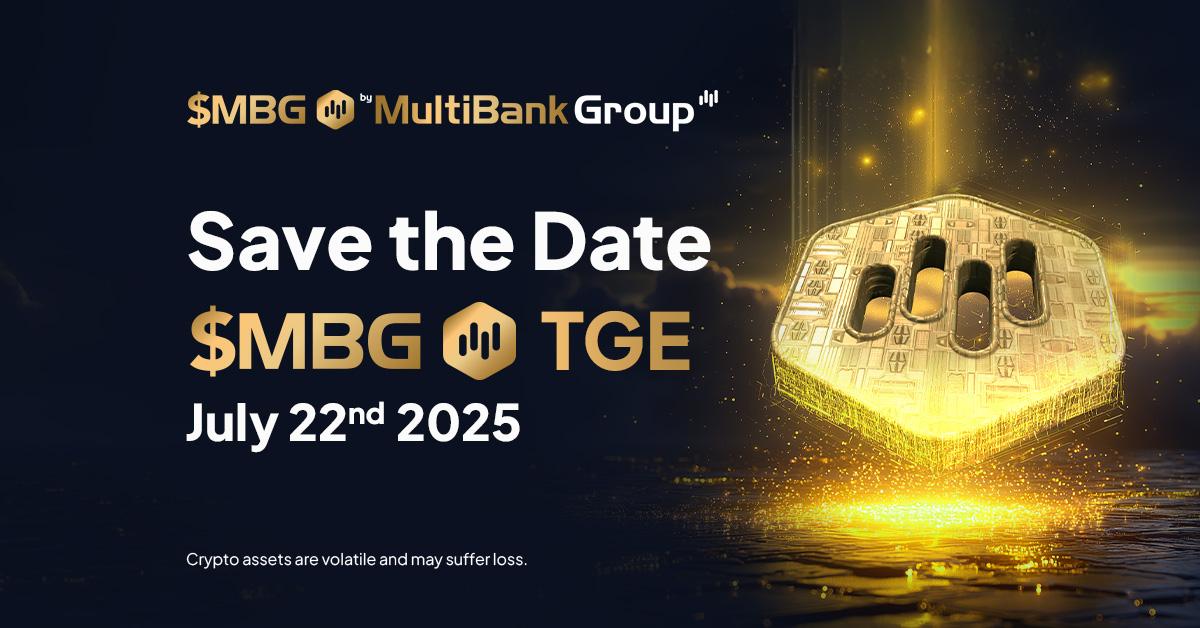In the world of cryptocurrency, mining plays a crucial role in the creation and validation of new transactions. The process of mining involves solving complex mathematical problems that secure the blockchain network and help maintain its integrity. Initially, mining was carried out using regular CPUs (Central Processing Units) and GPUs (Graphics Processing Units). However, as cryptocurrencies gained popularity, the demand for more efficient and powerful mining equipment arose, leading to the development of ASICs.
An ASIC, which stands for Application-specific integrated circuits, is a type of hardware specifically designed for mining cryptocurrencies. Unlike general-purpose CPUs and GPUs that are used for a wide range of tasks, ASICs are optimized for the sole purpose of mining. These specialized machines are tailored to perform repetitive calculations required for mining with unmatched efficiency.
ASICs are designed to maximize computing power while minimizing energy consumption. Unlike CPUs and GPUs that consume substantial amounts of energy when mining, ASICs are built to be highly energy-efficient. This energy efficiency makes ASICs ideal for large-scale crypto mining operations, as they allow miners to maximize their returns while keeping electricity costs under control.
One of the key advantages of ASICs is their ability to be customized for different cryptocurrencies. Since each cryptocurrency has its own specific algorithm and mining requirements, ASIC manufacturers create hardware that is specifically optimized for mining a particular cryptocurrency. This specialization ensures that ASIC miners can generate a high number of hashes per second, which is crucial for earning rewards in the mining process.
ASICs are commonly used in controlled mining facilities known as mining farms or data centers. These facilities are located in regions with abundant and cheap electricity, enabling miners to optimize their operations and reduce costs. Some countries, such as China, have become major hubs for crypto mining due to their low-cost electricity and access to ASIC manufacturing companies.
When evaluating the profitability of an ASIC, several factors come into play. The number of hashes it can generate per second is a crucial metric, as it directly influences the chances of successfully mining a block. The total network hash rate, which represents the combined computing power of all miners, also affects profitability. The higher the network hash rate, the more difficult it becomes to mine new blocks.
The value of the mined coin is another crucial factor in determining profitability. As the price of a cryptocurrency increases, the rewards earned from mining also increase in value. Conversely, if the price drops, mining can become less profitable or even unprofitable, depending on electricity costs.
Energy consumption per hash is a vital consideration as well. ASICs are designed to be energy-efficient, allowing miners to achieve a higher hash rate with relatively low electricity consumption. However, electricity costs can vary significantly depending on the geographical location, affecting the profitability of mining operations.
Moreover, the initial cost of purchasing an ASIC also affects profitability. High-performance ASICs can be quite expensive, with prices ranging from a few hundred to several thousand dollars. It is essential to consider the return on investment and break-even point to determine the profitability of acquiring an ASIC miner.
Various resources are available online to assist miners in selecting the most efficient ASICs for their needs. Dedicated directories, such as ASIC Miner Value, provide real-time rankings of ASICs based on their performance, energy efficiency, and profitability. These platforms help miners make informed decisions about which ASIC to invest in, maximizing their chances of success in the highly competitive mining landscape.
Some of the prominent ASIC manufacturers in the industry include Bitmain, Innosilicon, ASICminer, and MicroBT. These companies have established themselves as leaders in the field, continuously innovating and releasing new generations of ASICs with improved performance and efficiency.
In summary, ASICs are specialized machines designed for mining cryptocurrencies. These powerful devices maximize computing power while minimizing energy consumption, making them highly efficient for large-scale mining operations. They are customized for specific cryptocurrencies and can generate a high number of hashes per second, increasing the chances of successfully mining blocks and earning rewards. Profitability factors include the number of hashes generated, the total network hash rate, the value of the mined coin, energy consumption per hash, and the initial cost of the hardware. By carefully considering these factors and utilizing resources like ASIC directories, miners can optimize their operations and maximize their returns in the competitive world of crypto mining.















